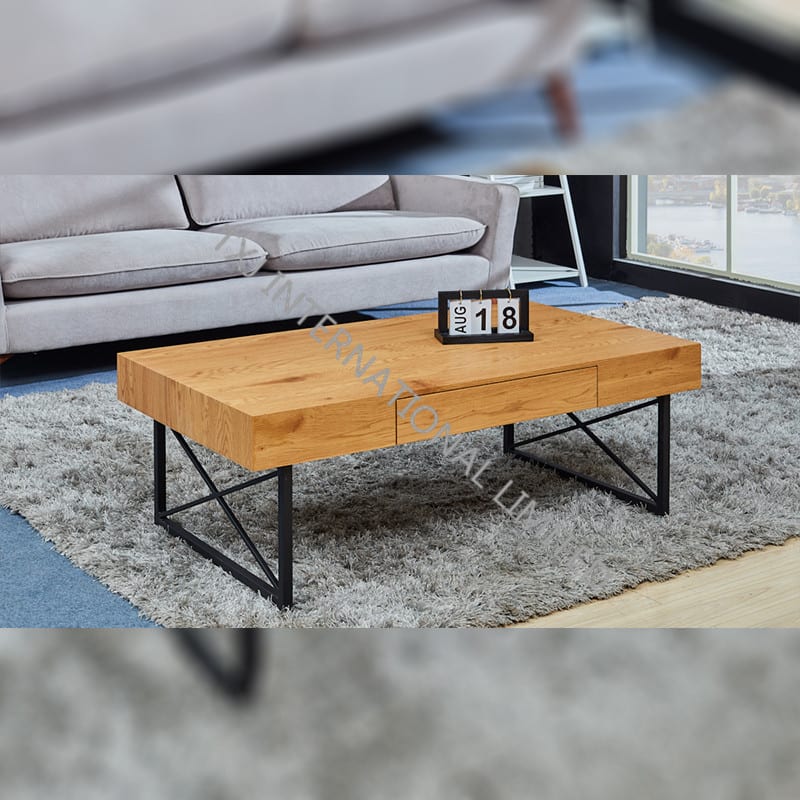- Home
- Difference Between Pvc And Pu
Discover the Key Difference Between PVC and PU | A Comprehensive Guide
If you're in the market for a flexible, waterproof material for your next project, you may be wondering about the differences between PVC and PU. PVC, or polyvinyl chloride, is a synthetic plastic resin that is used in a variety of applications, including building materials and consumer goods. PU, or polyurethane, is another synthetic material that is known for its durability and flexibility.
At TXJ International Co., Ltd., we are a leading manufacturer and supplier of PVC and PU materials in China. Our products are designed for a range of uses, from industrial manufacturing to fashion accessories. PVC is a cost-effective option that is easy to produce and comes in a variety of colors and textures. PU, on the other hand, is a more expensive option that offers superior strength and flexibility.
When choosing between PVC and PU, it's important to consider your specific needs and budget. Whether you're looking for a budget-friendly material for a small project or a high-performance material for a large-scale application, TXJ International Co., Ltd. has the products and expertise you need. Contact us today to learn more about our PVC and PU products and how we can help you achieve your goals.
TXJ INTERNATIONAL CO., LIMITED

Company News
Related News
KANSAS Fabric Relax Chair
Looking for a comfortable chair that's made to last? Check out our KANSAS Fabric Relax Chair! As a factory, we specialize in creating high-quality furniture that's perfect for any home or office.
TT-1856 Coffee Table with Painting Top Metal Frame
Looking for a stylish coffee table that showcases your personality? Our TT-1856 Coffee Table with Painting Top and Metal Frame is the perfect choice! As a factory direct seller, we offer this product at unbeatable prices. Elevate your living space with our unique and functional coffee table today.
BC-1840 Vintage PU Dining Chair With Black Legs
As a factory, we take pride in our BC-1840 Vintage PU Dining Chair With Black Legs. Shop with confidence knowing you're getting a high-quality and stylish piece of furniture.
TC-1719 Vintage PU Dining Chair With Black Legs
Looking for a stylish and comfortable dining chair? Check out our TC-1719 Vintage PU Dining Chair with Black Legs! Made in our factory, each chair is crafted with care and attention to detail.
BARCELONA-STD Glass Square Table With Wood Leg
Shop our BARCELONA-STD Glass Square Table With Wood Leg, manufactured at our factory. Quality craftsmanship and elegant design for your home or office. Order now.
TC-1127-R Fabric Dining Chair With Stainless Steel Tube
As a factory, we proudly introduce TC-1127-R Fabric Dining Chair with Stainless Steel Tube. This modern piece combines style with durability, perfect for any dining room. Order now and experience our quality craftsmanship.
TC-1784 PU Dining Chair with Chromed Frame
Looking for a stylish and durable PU dining chair with a chromed frame? Look no further than our TC-1784 model. Designed and crafted by our skilled factory team, this chair is built to last and impress. Invest in quality and shop now.
BD-1731 MDF Extension Table, stone painting glass
Looking for a stylish and functional extension table? Check out our BD-1731 MDF Extension Table with a stone-painted glass top. As a factory, we manufacture high-quality home furniture that will meet your needs.
BD-1412 MDF Table,Nut Paper Veneer
We are a factory specializing in crafting high-quality furniture, such as our BD-1412 MDF Table with a stunning Nut Paper Veneer. Order now and elevate your space! #furniturefactory #MDFTable #NutPaperVeneer
TD-1860 MDF Dining Table, Oak color veneer, black metal frame
Introducing our TD-1860 MDF Dining Table, featuring oak color veneer and a black metal frame. As a factory, we offer high-quality furniture at affordable prices. Shop now and elevate your dining experience!
TT-1855 MDF Coffee Table Oak Color
Looking for a reliable supplier of coffee tables? Look no further! Our MDF Coffee Table Oak Color is a perfect fit for your home decor needs. As a factory, we ensure top-notch quality at competitive prices. Order now!
SAMPLE-1 Bent Glass Coffee Table
Looking for a unique piece to spice up your living room? Check out our factory-made SAMPLE-1 bent glass coffee table. Its modern design adds a touch of elegance to any home.
PRIMA MDF Extension White Table
Looking for a durable and stylish table? Look no further than our PRIMA MDF Extension White Table. Made in our factory, it's the perfect addition to any home or office. Get yours today!
TC-1780 Vintage PU Dining Chair With Black Powder Coating Legs
Looking for a stylish dining chair? Check out our TC-1780 Vintage PU Dining Chair with Black Powder Coating Legs. As a factory, we offer great quality at an affordable price. Perfect for modern and traditional decor. Order now!
TC-2326S PU Dining Chair With Chromed Legs
Looking for a stylish and comfortable dining chair? Check out our TC-2326S PU Dining Chair with Chromed Legs! As a factory, we offer high-quality products at competitive prices. Upgrade your dining space today!
- Difference Between PVC and PU: Understanding the Key Variations in Synthetic Materials for OEM Manufacturing
- Reviews
- Related Videos
When it comes to choosing the right material for your product or project, there are many options available in the market. PVC and PU are two popular materials that are widely used in many applications. Although both materials share some similarities, there are notable differences that set them apart. PVC, also known as polyvinyl chloride, is a synthetic plastic polymer that is known for its durability and affordability. It is a versatile material that is commonly used in construction, electrical cable insulation, and automotive industry, among others. On the other hand, PU, or polyurethane, is a polymer that is recognized for its high resilience and flexibility. It is often used in making shoes, upholstery, and sports equipment. The main difference between PVC and PU is in their chemical composition. PVC is made by combining vinyl chloride monomer with certain additives, while PU is synthesized by reacting polyols and diisocyanates. Another significant difference is in their flexibility. PVC is a stiffer material and has a higher density compared to PU, which is softer and more flexible. When choosing between PVC and PU, it is important to consider your specific needs and requirements. PVC is a more affordable option and offers excellent resistance to chemicals and weathering. PU, on the other hand, is more flexible and can withstand higher loads and impacts. In conclusion, the choice between PVC and PU ultimately depends on the application and desired properties of your product.
PVC and PU are two of the most commonly used materials in the production of bags. PVC, or polyvinyl chloride, is known for its durability and water resistance. PU, or polyurethane, is typically lighter and more flexible, but still offers good water resistance. When it comes to choosing between PVC and PU bags, it really comes down to personal preference and what you plan on using the bag for. PVC bags tend to be more heavy-duty and are great for those who need a bag that can withstand tough conditions. PU bags, on the other hand, provide a more stylish and lightweight option that is perfect for everyday use. Ultimately, the choice between PVC and PU bags comes down to what you're looking for in a bag. Both materials have their pros and cons, so it's important to consider your needs before making a purchase.
When it comes to selecting a material for a waterproof jacket or bag, knowing the difference between PVC and PU is important. PVC is a type of plastic that provides excellent water resistance and is relatively low cost. However, it can be heavy and not as breathable as other materials. PU, on the other hand, is a synthetic material that is lighter and more breathable than PVC. It also offers excellent waterproofing abilities. The downside of PU is that it is not as durable as PVC and can break down over time. Ultimately, your choice will depend on your specific needs and budget.
Contact us
Please feel free to give your inquiry in the form below We will reply you in 24 hours



















